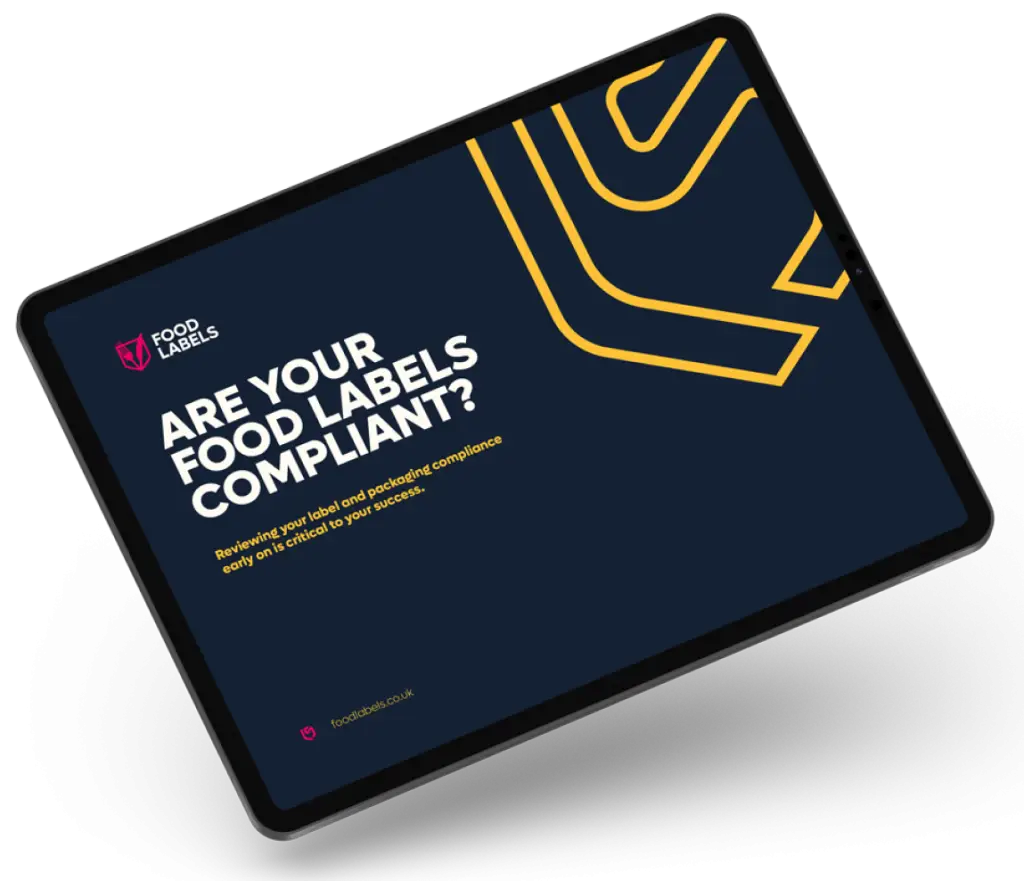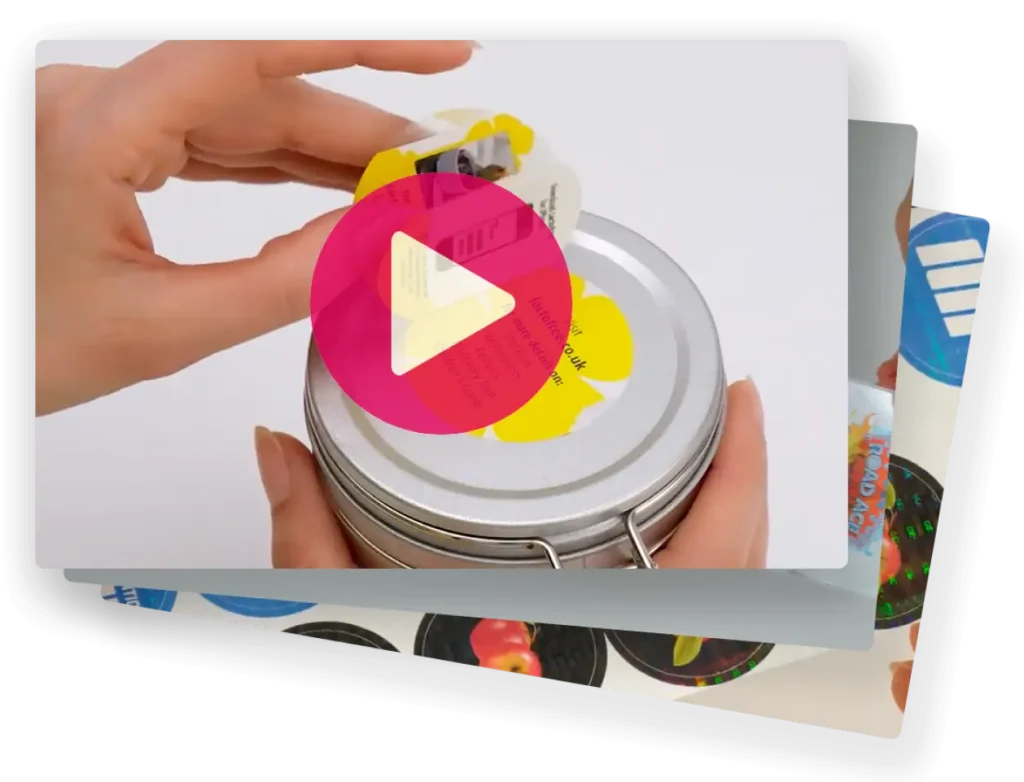EU REACH—which stands for Registration, Evaluation, Authorisation, and Restriction of Chemicals—is a comprehensive regulation developed by the European Union to ensure the safe use, production, and management of chemical substances. Implemented to protect both human health and the environment, REACH governs the entire lifecycle of chemicals, from their manufacture and import to their use and eventual disposal.
This regulation applies across a wide array of industries, including manufacturing, construction, and roofing, and extends its reach into virtually all sectors where chemicals are used. Its scope is not limited to industrial applications—REACH also covers countless everyday consumer products. This includes household cleaning agents, paints, varnishes, clothing, furniture, and even components within electrical and electronic appliances. In essence, if a product contains chemicals—and most do—REACH is likely to apply.
One of the key strengths of REACH is its focus on transparency and accountability. Companies are required to provide detailed information on the properties, potential hazards, and safe handling of the substances they produce or use. Substances that are deemed particularly hazardous may be subject to authorisation or restriction, and in some cases, phased out entirely in favor of safer alternatives.
Through these measures, REACH plays a critical role in ensuring that chemical substances are handled responsibly—not only by large industrial players but also in the products found in everyday homes and workplaces across Europe.
The GB CLP Regulation adopts the United Nations’ Globally Harmonised System of the classification and labelling of chemicals (GHS) and it is prepared based on the EU CLP. The GB CLP regulation has already taken effect. In accordance with the requirements of GB CLP, from 1 Jan. 2021, chemicals or mixtures that put in GB market shall have classification and label. The GB CLP applies in England, Scotland and Wales (GB). However, in Northern Ireland, EU CLP still applies.
Is EU CLP & GB CLP the same?
UK REACH, which governs the regulation of chemicals in Great Britain following the UK’s departure from the European Union, operates under the same fundamental principles as EU REACH. These shared foundations help maintain a high level of alignment between the UK and the EU in the regulation and safe use of chemical substances. In tandem with UK REACH, the Great Britain Classification, Labelling and Packaging (GB CLP) regulation continues to align closely with its EU counterpart, the EU CLP Regulation. CLP is the system used to classify chemicals and ensure that hazards are communicated clearly through appropriate labelling and packaging of products containing hazardous substances.
Due to this regulatory alignment, there is minimal difference in the information presented on chemical container labels between the UK and EU jurisdictions. As a result, users can expect the classification and labelling of hazardous substances to remain consistent across both regions. Should any divergence between GB CLP and EU CLP occur in the future, the UK authorities have committed to providing the industry with an appropriate transition period. This allows manufacturers, suppliers, and distributors sufficient time to implement any required changes to product labels and documentation in an orderly and compliant manner.
Apollo maintains active collaboration with key trade associations and regulatory bodies. Through these relationships, the company remains well-informed about any impending regulatory changes and is positioned to keep its customers updated, ensuring they remain compliant with evolving legal requirements.
To provide further clarity, the UK Health and Safety Executive (HSE), which serves as the competent authority for GB CLP, has continued to reflect the updates known as Adaptations to Technical Progress (ATPs) developed by the European Chemicals Agency (ECHA). These ATPs are revisions to the EU CLP Regulation based on the latest scientific and technical knowledge. Notably, the UK retained the content of the 14th and 15th ATPs, which had been finalised and brought into effect prior to the end of the Brexit transition period on 31st December 2020.
The ATP process incorporates expert scientific assessments, particularly the evaluations carried out by the Risk Assessment Committee (RAC) of ECHA. The UK authorities, including the HSE, have consistently relied on RAC’s guidance and continue to refer to ECHA’s detailed criteria for applying chemical classifications. This ensures that GB CLP remains robust, science-driven, and internationally credible.
If the HSE receives new scientific evidence suggesting that a chemical substance poses a risk not currently reflected in its classification, it has the authority and technical capability to develop a proposal to revise the GB Mandatory Classification and Labelling List (GB MCL). In forming such proposals, the HSE continues to monitor and engage with international regulatory forums, particularly the RAC, to stay informed of developments that may influence classification decisions.
When the RAC issues an opinion that could affect a substance’s classification, the HSE, in its role as the GB CLP Agency, must assess the evidence and come to an independent conclusion. This decision-making process is governed by Article 37 of the GB CLP Regulation, which outlines the procedures for adopting or diverging from EU classification updates.
Over time, it is possible that GB and the EU may adopt different classifications for the same substance. Should this occur, the UK would implement changes through a process similar to the one already established under the EU CLP ATP framework. A transition period—typically around 12 months—would then be provided to allow industry stakeholders adequate time to revise their product labels and Safety Data Sheets (SDS) to reflect the new classification.
As it stands, substances listed on chemical product labels, such as those used in adhesives supplied by Apollo, already appear on the GB MCL List and mirror classifications adopted by ECHA. This ongoing alignment ensures consistency and legal clarity across markets, while also upholding the highest standards of safety and transparency in the use of chemical substances.
Preparation and Communication of SDS under UK REACH
Safety Data Sheets (SDS) are required by the UK REACH Regulation. SDS is one of the most important documents in the safe supply, handling and use of chemicals that must be communicated throughout the supply chain. The requirements for SDS under UK REACH are the same as that under EU REACH. Defra (Department for Environment Food & Rural Affairs) has the lead responsibility for SDS.
It is worth mentioning that the SDS format requirements under EU REACH Annex II that are updated after UK exit from EU do not apply in GB.
Currently, the classification rules, mandatory classification list as well as the format of SDS under GB CLP and EU CLP are highly consistent. However, as time goes on, there may be some amendments to these regulations and the classifications of the same substances/mixtures may be different. It is suggested that related enterprises should pay close attention to the regulation updates in EU and GB, and regularly update the SDS and labels.
How to make your CLP label
Designing a CLP (Classification, Labelling and Packaging) label for your candles can feel overwhelming at first. However, with the right guidance and a bit of research, you’ll soon discover that most of the information you need is readily available—especially if you’re sourcing your fragrance oils from reputable suppliers.
Start with the Right Fragrances
When making candles, it’s essential to use fragrance oils for which CLP documentation is available. Suppliers of quality fragrance oils typically provide CLP information sheets, especially for common dilution rates such as 8% or 10%, which are standard concentrations in candle making.
These documents are your starting point. They include the hazard statements, precautionary advice, chemical composition, and required pictograms that must appear on your product label if your candle contains hazardous substances. This ensures consumers are properly informed about any potential risks.
Understanding Dilution and Hazard Classification
Things get a little more complex because fragrance oils are diluted when mixed into wax. This dilution affects the final classification of your product. Fortunately, most fragrance manufacturers anticipate this and offer pre-calculated CLP data for commonly used concentrations. Always check if your supplier provides this data for the specific percentage you plan to use in your formulation.
If your exact dilution isn’t covered, you may need to calculate the correct classification or consult with your supplier. It’s important not to guess—accurate labelling is a legal requirement and a key part of maintaining safety and trust with your customers.
What Not to Say on a CLP Label
It’s important to remember that CLP labels are regulated, and there are certain terms you must avoid using—especially if your candle contains hazardous substances, even in small amounts. You should not describe your product as:
- “Safe”
- “Non-toxic”
- “Non-harmful”
- “Non-polluting”
- “Ecological” or “eco-friendly”
These types of claims are prohibited because they can mislead consumers and contradict the official classification. Any other wording that conflicts with the hazard information provided under CLP should also be avoided.
However, your label can and should include helpful safety instructions that promote responsible use. For example, advising users not to leave the candle burning unattended, or to keep it away from children and pets, adds value and demonstrates your commitment to consumer safety.
Other Important Elements to Include
In addition to the required CLP components, there are several best practices and legal requirements you should follow when designing your candle labels:
- Batch Number: Always include a production batch number on each candle. This enables traceability in the event of a product recall, and makes inventory management easier. A good tip is to print your labels just before each production run to ensure accuracy.
- Business Name and Contact Information: Your label must clearly identify the manufacturer. This isn’t just a legal requirement—it’s also an insurance requirement and a sign of professional business practice. Consumers value transparency and like to know exactly who they’re buying from.
While the CLP labelling process can seem complex at first, it becomes manageable once you understand the requirements and consistently work with high-quality suppliers. Ensuring your labels are accurate, compliant, and professional not only keeps you on the right side of the law, but also builds trust with your customers. Taking the time to get it right is a small investment that pays off in product safety, brand credibility, and customer satisfaction.














